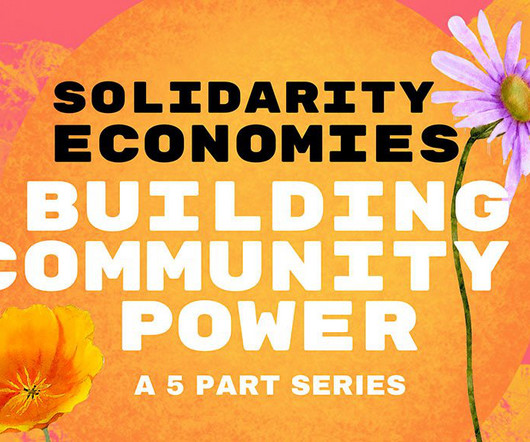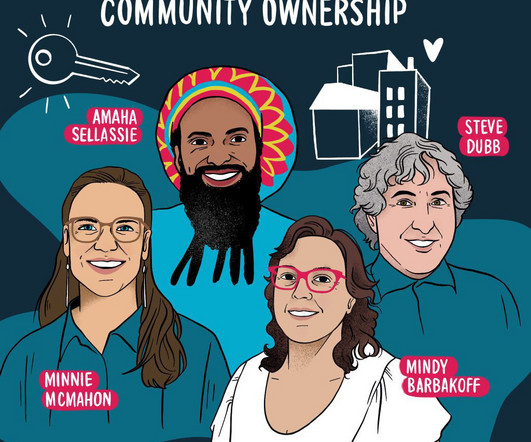Unlikely Advocates: Worker Co-ops, Grassroots Organizing, and Public Policy
NonProfit Quarterly
AUGUST 8, 2023
Up to this point, legislation for most worker co-ops was not a priority; federal policy wasn’t even a pipe dream. Public policy wasn’t really a part of our culture. Why Prioritize Public Policy and Advocacy? 6 Engaging in public policy advocacy is not without its dangers. Until it was.





















Let's personalize your content